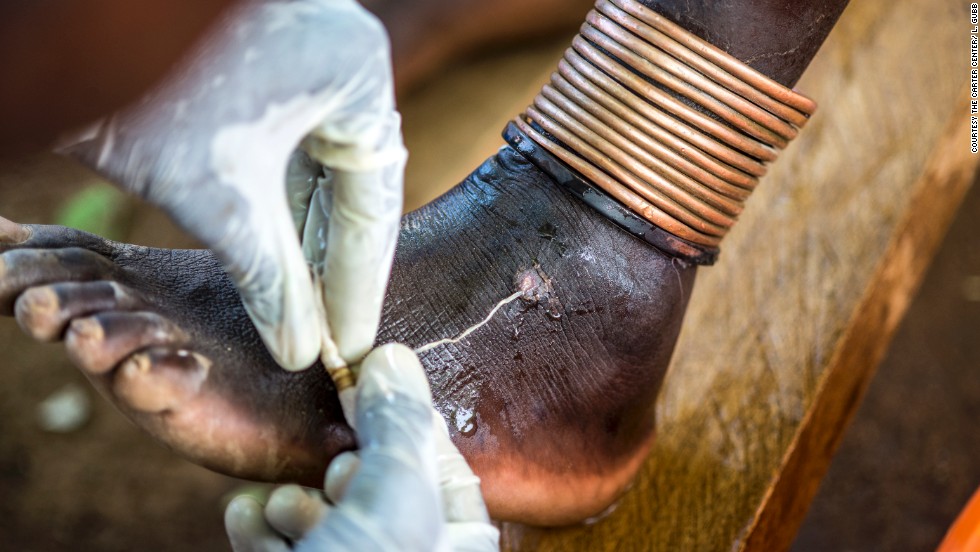
It is prevalent in parts of Asia, the Pacific islands and the Caribbean. cantonensis from southeastern and North Region of Brazil.Īngiostrongylus cantonensis, the rat lungworm, is a zoonotic, parasitic nematode uses the rat as a definitive host and gastropods as intermediate hosts.

fulica as the intermediate host of the parasite in this region.► First record of A. norvegicus act as natural definitive hosts, and A. cantonensis is now endemic in northern Brazil, and that R. cantonensis isolated from Pará, Brazil is similar to Japan isolate once these specimens produced a single haplotype with high bootstrap support with Rio de Janeiro isolate. cantonensis was confirmed through morphological and morphometrical analyses of adults and larvae using light microscopy, scanning electron microscopy and molecular sequences of partial Cytochrome Oxidase subunit I. Natural infection of snails and rodents with A. fulica were found to be infected by 元 larvae, which experimental infection confirmed to be A. norvegicus were collected in the Guamá and Jurunas neighborhoods of the city of Belém, in the Brazilian state of Pará, of which almost 10% harbored adult worms in their pulmonary arteries. fulica as intermediate host have found natural. In this study, we examined the occurrence of helminthes in the synantropic rodents Rattus rattus and Rattus norvegicus in northern Brazil, focusing on the role of these species as vertebrate hosts of A. cantonensis in southern, southeastern and northeastern regions of Brazil has been found natural infections only terrestrial and freshwater intermediate snail hosts (Achatina fulica, Sarasinula marginata, Subulina octona, Bradybaena similaris and Pomacea lineate).

This zoonosis is frequently found in Asia and, more recently, in North America, Caribbean Island and northeastern of South America. Angiostrongylus cantonensis, the rat lungworm, is one etiological agent of eosinophilic meningoencephalitis in humans.


 0 kommentar(er)
0 kommentar(er)
